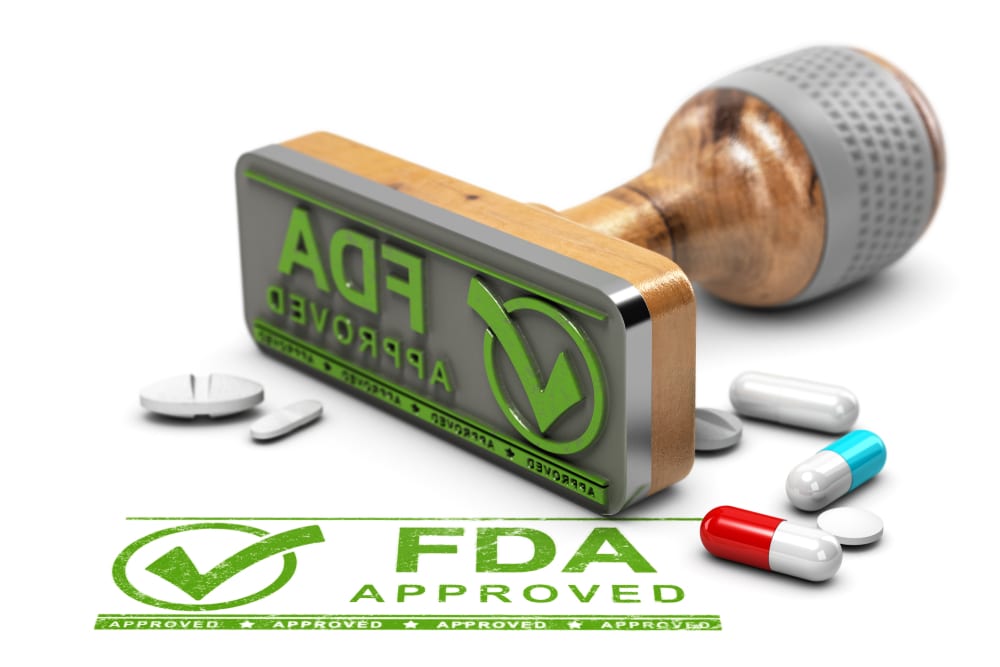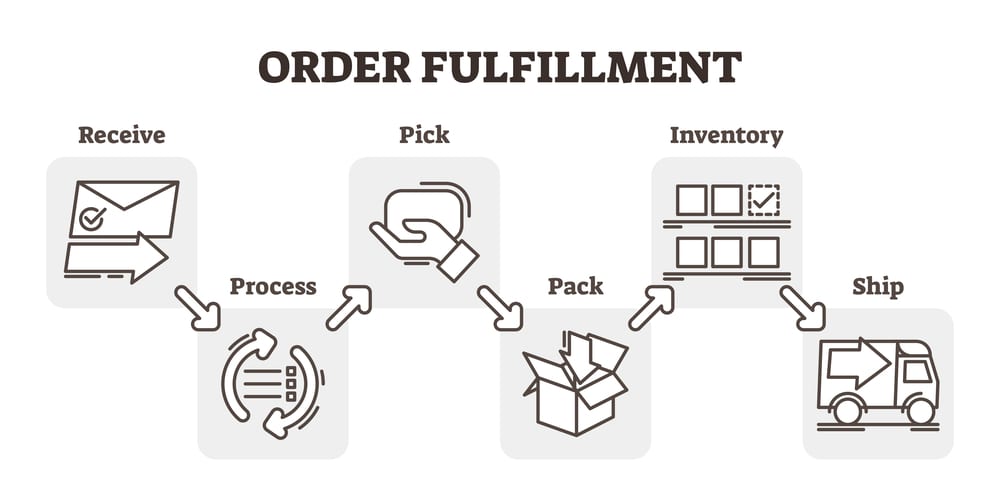
Starting your own supplement company is rewarding. At the same time, it takes more than good ideas to build a profitable supplement company. Without a doubt, it takes a lot of work. Success comes from wearing many hats – marketer, distributor, customer service provider, and more. You should also be prepared to handle legal issues and business finances.
Although doing all of these things isn’t simple, hard work can make it happen. To help you get started, we’ve listed 10 steps for building your own private label supplements business.

1. Identify a Product
Firstly, decide what type of supplement you wish to sell. Even though there are many supplement options, not all of them are lucrative. To ensure success, choose a product that
- Provides value to consumers AND
- Has an obvious market
Obvious markets include things like weight loss supplements, memory improvement supplements, or supplements for people with specific nutritional deficiencies.

2. Identify Your Market
Once you choose a supplement (or supplements), you then determine who you’re trying to reach (your target customers). If you fail to accurately identify your target customers, it could be the first step towards failure. Additional questions to ask yourself are:
- What are my target customers’ characteristics (age, gender, socioeconomic level, health needs, etc.)?
- What needs will this product meet? Can my product meet my target customers’ needs?
- If this target market is competitive, is there room for my product?
- Where do my target consumers shop? Can I utilize those channels?
- How does my target market get information (online, in magazines, etc.)? Can I use those outlets to my target market?
If you don’t know this information, you can use customer surveys and focus groups.

3. Learn About Your Competition
To succeed, you must set yourself apart from the competition. Even a great product will blend in with all the others unless you differentiate your brand. As a result, you must convince people that your product has something the competition doesn’t. As a result, learn about the competition’s products. Below are things to analyze:
- Price – What do your competitors charge?
- Target customers – What customers do your competitors target?
- Marketing – How do your competitors reach their target market?
- Value claims – What claims (and disclaimers) do your competitors include on the labels?
After analyzing these issues, look for ways to distinguish your brand from others. For example, sell your product at a lower price. Or find an overlooked customer group and make them your target market. In the end, differentiating your products from others AND providing exceptional value will make your supplement more competitive.

4. Develop a Customer Acquisition Plan
Finding customers is a major hurdle for some businesses. However, some customer acquisition methods are more effective than others. Some tried and true, popular strategies include direct sales, media buying, pay-per-click advertising, blogging, and in-person marketing efforts.
If you focus on these methods, then you can minimize costs and maximize profitability. Also, trying multiple tools lets you compare the results. Basically, use different tools until you find the methods that work best for you.
5. Create Your Supplement
Having a great supplement idea and jumping directly into creating it, might be what you want to do. But that isn’t the best idea. If you follow steps 1 to 4, then it will be easier to create your supplement.
Think about which features to focus your marketing efforts on. Also, learn from your competition without copying them exactly. Try to create a unique product that meets a real need in your target market.

6. Find a Supplement Manufacturer
The next step is finding a supplement manufacturer. Contact several manufacturers so you can compare and contrast their services. When you contact prospective manufacturers, they will explain their process in more detail. As you compare manufacturers, the main factors to consider are:
- Reputation
- Quality
- Compliance
- Affordability
In some cases, some people feel that this is the most difficult part of the process. Yet with your business model, target market, and great product idea in place, finding a reputable manufacturer is much easier.

7. Marketing and Your Brand’s Online Presence
After choosing a manufacturing partner and getting your brand and labels in the works, focus on marketing tasks. One of your first tasks is creating a user-friendly, mobile-friendly website and e-commerce store. Yet you don’t need to do these all by yourself. For the most professional results, hire freelance designers and/ or copywriters to develop your online presence.
Also, no marketing strategy can neglect social media. Begin building a social media presence and a following for your product to boost brand recognition.
On top of that, social media marketing can lead to higher conversion rates (a higher percentage of visitors follow through with purchases). Most importantly, building a social media network is a low-cost way to reach lots of people.
Once you’ve established your brand on social media, post daily. Also, as you build a network of followers, engage them – ask questions, create polls, and send them messages. And don’t forget to have fun with social media. Even though managing it takes work, it doesn’t need to be a joyless task.
Another way to build your online presence is by advertising on Snapchat, podcasts, Instagram, Facebook, remarketing, and affiliate sites. In addition, posting blog posts about your product can get your site more organic traffic in Google search. Also, you can acquire backlinks from other sites. Additionally, you can partner with sites like Dojo mojo, rangeme.com, walmart.com, ebay.com, amazon.com.

8. Settling Legal Issues and FDA-Compliance
Before you can sell your products, establish your business legally. This is partially to legitimize your business, but also to protect yourself. However, unless you’ve set up previous businesses, it is wise to consult a business attorney.
On top of that, make sure your product is FDA-compliant. Although the FDA doesn’t regulate supplement design and production, they can fine you or make you stop selling your products for certain reasons. Specifically, the FDA doesn’t allow false or misleading claims. Also, your product must be properly branded and may not include ingredients which aren’t listed on the label.
Regarding labels, yours must follow FDA guidelines such as clearly listing the supplement name, its ingredients, the amount, along with the manufacturer’s and/or distributor name and address. Also, the label must have a nutrition label that contains Supplement Facts, Nutrition acts, Dietary Ingredients, and Percent Daily Values (%DV). What’s more, the FDA also has requirements about fonts and font sizes.

9. Make a Fulfillment Plan
Now that your product is being manufactured, the next step is your fulfillment plan. For example, if you’re selling online, how will customers get your product? Before you can sell, you need to know how to distribute your product. Sometimes, the manufacturer can help with fulfillment or even handle it for you.
At the same time, there are numerous options for order fulfillment. Learn about the pros of cons of different fulfillment options before settling on one. Moreover, price should not be the only factor in this decision. In the end, your goal should be providing customers with the best service possible, including how they receive their order.

10. Start Selling
Now that you’ve done all the behind-the-scenes work, it’s time to sell! At this point, one of your main concerns is the payment. How will customers pay for your product? How will you get paid? Since there are all sorts of payment options these days, you should accept as many as possible. After all, you may have the world’s greatest supplement, but if someone can’t pay the way they want to pay, you might lose that customer. Below are options for various payments options:
- Merchant Accounts for Accepting Credit Cards – Merchants who accept credit cards, debit cards, and other forms of payment need a merchant account. But what is a merchant account? Whenever a customer pays with a card or another cashless method, your merchant service provider processes their payment. After the payment is approved, the money goes into your business’ bank account. As a merchant, you pay the processing company for this service.
- Other Cashless Payments – Make sure your payment processing system can handle cashless options like Samsung Pay, Apple Pay, and PayPal. In addition, there are Cloud-Based payment systems like Square and ChargePass which allow credit card processing both in-person and online for both credit card terminals and mobile card readers.
Launching A Supplement Business
Like starting any business from scratch, launching a supplement business is challenging. However, once you are rolling, it can be very rewarding. If you follow these steps on how to start a supplement company, you will have a solid foundation for your business.

